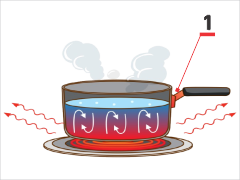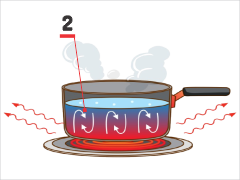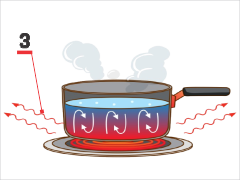Fire and heat spread
Fire and heat can spread rapidly, posing significant risks to life and property. Understanding the primary mechanisms of fire spread is essential for effective prevention and control. In this blog, we’ll explore the four key ways fire and heat spread.
Fire Spread
Fire and heat can spread in four different ways:

1. Conduction
Heat is transferred through direct contact, typically through materials like unprotected steel structures (e.g., beams, metal floor plates, or vertical partitions).

2. Convection
Heat spreads through the movement of hot gases, liquids, or air, usually through staircases, elevators, or ventilation systems.

3. Radiation
Materials can ignite when placed near a source that releases heat, such as an electric heater or similar device.
4. Direct Burning
If a combustible material releases sufficient gases or vapors to sustain combustion when exposed to an open flame. For instance, a smoldering cigarette touching a mattress causes the mattress material to emit flammable vapors. These vapors ignite upon contact with the cigarette ember, causing the fire to grow.
Fire can spread in any of six directions if not controlled by measures such as "cooling barriers." Fire can also spread through air-conditioning systems, ceiling cavities, and ducts.









